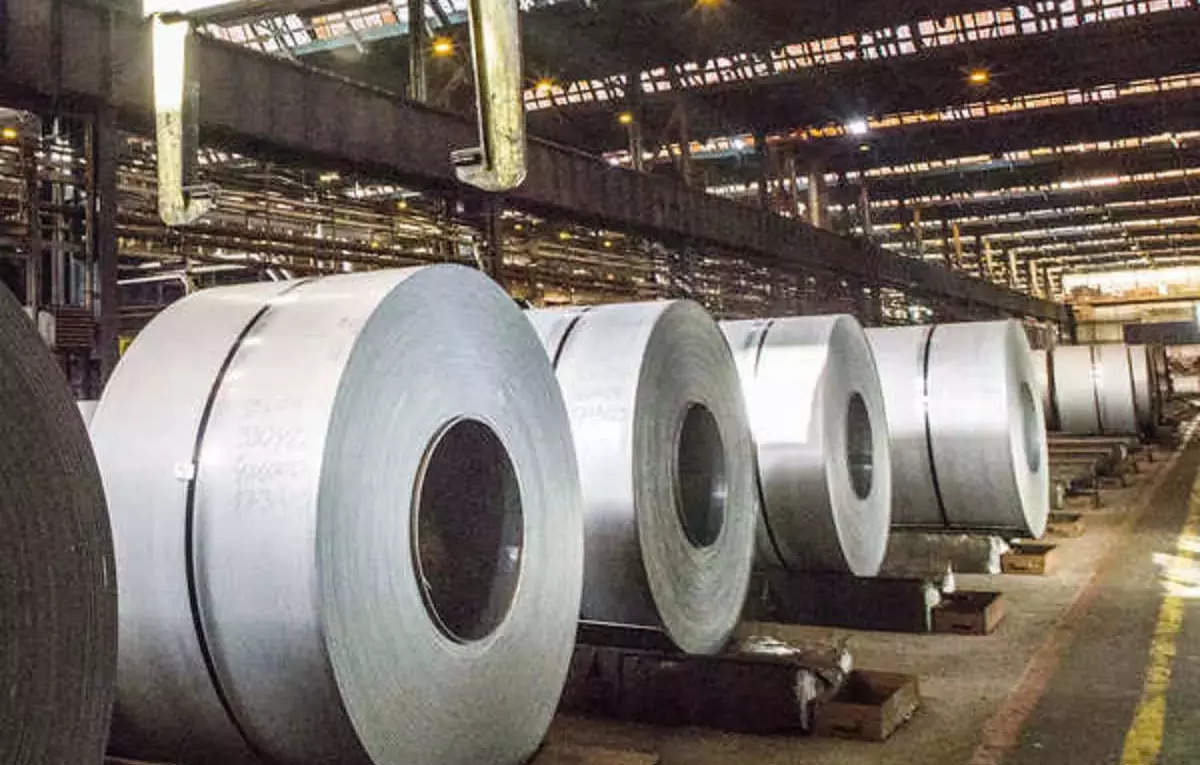Chile’s biggest steelworks sunk by cheap Chinese imports – ET Infra

Talcahuano, Sep 13, 2024 -It’s the end of an era: after 74 years the blast furnace at Chile’s biggest steelmaker will be turned off on Monday, snuffed out by competition from China with the loss of thousands of jobs.
For generations life in Talcahuano, a city of 160,000 inhabitants around 500 kilometers (310 miles) south of Santiago, has revolved around the emblematic Huachipato steel mill.
“I worked in Huachipato, my father worked in Huachipato, my wife was also a Huachipato employee and we had a good standard of living,” 62-year-old Fernando Orellano, who started as a cleaner at the age of 25 and worked his way up to section chief, told AFP.
For Orellano, the head of the steelworks’ 2 Union, Huachipato was the guarantee of a safe pension.
“It was a company that gave you security for the future,” he lamented.
In August, Compania Siderurgica Huachipato, once one of Latin America’s biggest steel producers, announced it was winding down the business, with the loss of 2,700 direct jobs,
At its peak in 1997, Huachipato produced one million tons of steel.
But in recent years it and other Latin American producers have been blindsided by a flood of cheaper Chinese imports.
In 2023, Latin America imported a record 10 million tons of Chinese steel — up 44 percent in a year, according to data from the Latin American Steel Association (Alacero).
Two decades ago, the figure was just 85,000 tons.
Gerdau, one of Brazil’s largest steel producers, last year laid off 700 workers and shut down operations at three plants due to what it called the “challenging scenario faced by the Brazilian market in the face of predatory import conditions of Chinese steel”.
– First-division football club –
In Talcahuano, steelmaking was more than just a job, it was part of the city’s DNA.
Founded in 1950, Huachipato specialized in the production of steel bars and balls used in the milling of copper — of which Chile is the world’s largest producer.
The plant gave birth to the Huachipato first division football side, the current leaders of the Chilean championship.
Huachipato also played a premier social role in the city, building thousands of houses for the workers and setting up several social and cultural associations.
And during the Covid-19 pandemic, when world trade was interrupted, “it was Huachipato that kept the country’s steel supply” afloat, Chile’s Economy Minister Nicolas Grau boasted earlier this year.
But which Chinese steel selling as much as 40 percent cheaper than domestic steel, Huachipato had been on life support for several years.
To revive its fortunes it joined other Latin American producers in lobbying for anti-dumping tariffs on Chinese imports.
But the levies imposed by Chile’s Anti-Distortion Commission in April came too late.
With accumulated losses of 700 million dollars since 2019 the company announced in August it would wind down its steelmaking operations.
In a statement the company’s president Julio Bertrand said that management had done “everything in our power” to save the foundry.
– ‘Entire lives’ –
The plant’s unions managed to negotiate a redundancy deal on the eve of the shutdown which includes a 30 percent increment on the statutory payout for staff, along with other benefits.
That’s small comfort to the workers, who have few illusions about their futures.
“These are people who have spent their entire lives here, working. They don’t know how to do anything else,” Hugo Mendoza, a 58-year-old mechanic at the plant, told AFP.
“It’s terrible to be left with no work from one day to the next,” said Roberto Hernandez, a 54-year-old assembler, who works for one of Huachipato’s subcontractors and is not covered by the redundancy plan.
“Where am I going to get work at my age?” he asked.
A study by the regional Universidad Catolica de la Santisima Concepcion estimated that the plant’s closure would affect 1,090 small and medium-sized companies, affecting the livelihoods of some 20,000 people.
Chile’s government on Monday is expected to announce a plan to bolster the steel industry and to boost employment in Chile’s Biobio region.
Related
How SenseiNode Is Building Proof-of-Stake Infrastructure in Latin America
A lot of attention is paid to the decentralization of the Bitcoin network.Bitcoin miners should set up shop in a number of different jurisdictions in order to p
The Infrastructure of Racial Justice Is Under Attack. We Must…
President Donald Trump began February with a proclamation that Black History Month offered “an occasion to celebrate the contributions of so many Black Am
Bomb threat found “non-credible”: American Airlines after Delhi-bound flight diverted…
American Airlines has said that the "bomb threat on board", due to whi
Big infrastructure investment plans take shape in America
Amtrak and dozens of major industry partners representing construction, manufacturing, rail supply, engineering, and other sectors convened for an industr














